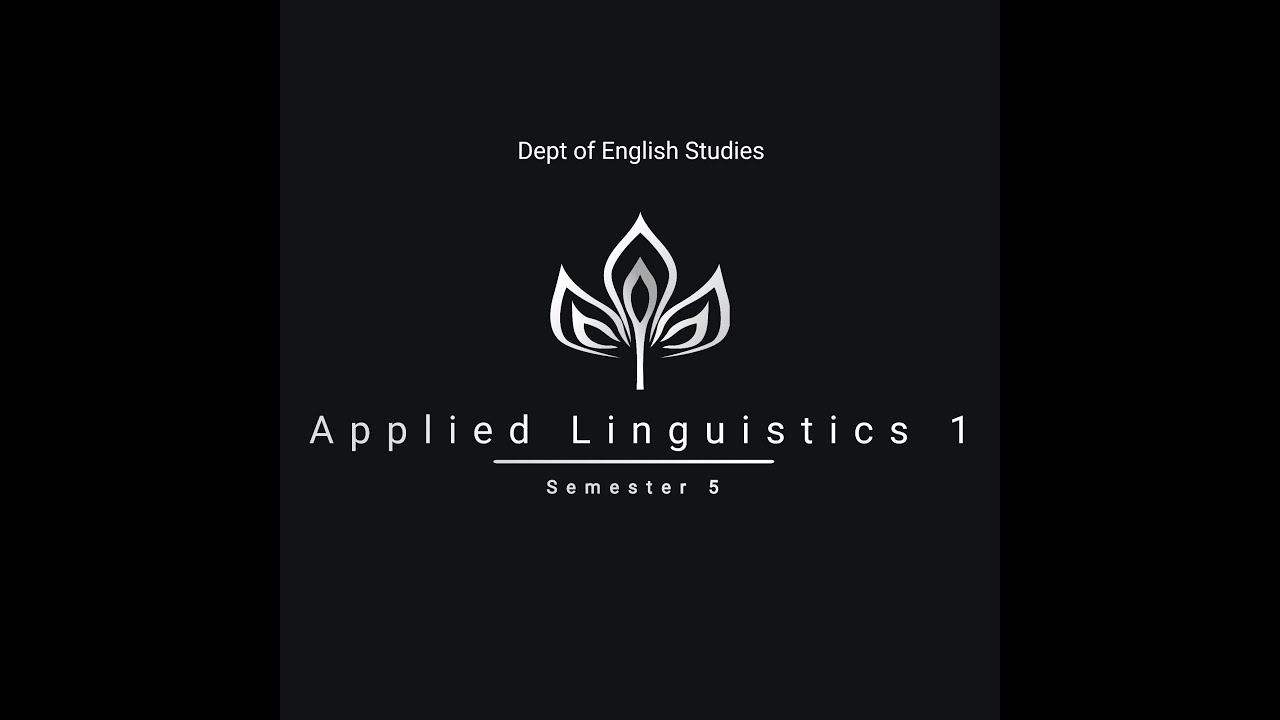Peter Eisenman - TIME SPACE EXISTENCE
Summary
TLDRThe speaker delves into the essence of what makes architecture good in contemporary times, reflecting on the paradigm shift from postmodernism. They express concern over the loss of a disciplinary model in architectural education, advocating for teaching the past due to the present's complexities. Drawings, as the 'red thread' of thought, are emphasized as crucial to understanding architectural ideas and attitudes. The speaker argues against idealistic and dialectical approaches, proposing a humanistic view that challenges power structures. They also critique technology for hindering creativity and advocate for a well-rounded education, suggesting that architects should be well-versed in philosophy and literature, not just reliant on technology.
Takeaways
- 🏛 The speaker is interested in understanding the current paradigm of what makes architecture 'good' or 'bad'.
- 📚 There has been a shift from postmodernism to a new architectural paradigm, and the speaker is questioning what the new model is.
- 👨🏫 The speaker notes a loss of authority in architectural education and a lack of a disciplinary model that fits today's students.
- 📚 The speaker teaches the past rather than the present due to the problematic nature of current architectural trends.
- 📜 Architectural drawings are considered an indication of the idea and attitude of the architecture, referred to as the 'red thread'.
- 🤔 The speaker admits to still trying to understand and explain their own architectural philosophy.
- 🎨 The exhibition 'By Other Means' argues against the humanist view of functionalism and social practicality in architecture.
- 🛑 The speaker's architecture requires people to stop and concentrate, offering a different frame of reference from existing power structures.
- 🛠 The speaker believes that art transcends power and has objectives beyond it, suggesting that architecture should aspire to similar ideals.
- 🧩 Technology, particularly algorithms, are criticized for hindering creativity and removing the possibility of value judgment in architectural design.
- 📚 To be an architect, one must be well-educated, implying that knowledge from various fields like philosophy and literature is essential, not just technology.
Q & A
What is the speaker's perspective on the current state of architectural education?
-The speaker believes there is a loss of authority in architectural education, with no disciplinary model that suits today's paradigms, leading them to teach the past rather than the problematic present.
What does the speaker refer to as the 'red thread' in architecture?
-The 'red thread' refers to the continuous idea and attitude that runs through an architect's work, including their drawings, projects, teaching, and writing.
What does the speaker suggest about the drawings in architecture?
-The speaker suggests that drawings are an indication of the idea and attitude of the architecture, serving as a trace and record of the architect's thought process.
What is the argument presented in the exhibition named 'By Other Means'?
-The argument of the exhibition is that the humanist view of functionalism and social practicality has not led to radical architecture and is encumbered with certain idealistic notions.
How does the speaker view the relationship between architecture and power structures?
-The speaker believes that the kind of architecture being discussed interrupts the clear relationship between platitudes from power to people, suggesting a need to move beyond idealist and dialectical attitudes in architecture.
What does the speaker think about the role of art in architecture?
-The speaker considers art to be beyond power, having objectives that are not solely driven by power dynamics.
What is the speaker's opinion on the impact of technology on creativity in architecture?
-The speaker views technology as a potentially cruel tool because it can take away the possibility of value judgment and creativity by providing algorithms that produce multiple alternatives to the same problem.
What does the speaker believe is essential for an architect's education?
-The speaker believes that to be an architect, one must be well-educated, implying that reading philosophy and comparative literature is more important than relying solely on technology.
What would the speaker take to a desert island if they were an architect?
-The speaker would take 10 books to a desert island, emphasizing the importance of knowledge and education over technology like a computer.
What is the speaker's stance on the current paradigm shift in architecture?
-The speaker is critical of the current paradigm shift, suggesting that it lacks a clear disciplinary model and is problematic, which is why they focus on teaching the past.
How does the speaker define 'resistance' in the context of architecture?
-The speaker implies that 'resistance' in architecture is not something that can be algorithmically determined; it comes from a deeper understanding gained through reading and education.
Outlines

This section is available to paid users only. Please upgrade to access this part.
Upgrade NowMindmap

This section is available to paid users only. Please upgrade to access this part.
Upgrade NowKeywords

This section is available to paid users only. Please upgrade to access this part.
Upgrade NowHighlights

This section is available to paid users only. Please upgrade to access this part.
Upgrade NowTranscripts

This section is available to paid users only. Please upgrade to access this part.
Upgrade NowBrowse More Related Video

Individual Learner Differences In SLA

Sistemas sociais de notação do tempo ao longo da história. Prof. Gilson

The Rise of the Meaning Economy - A major paradigm shift is coming, this will reshape life and work!

What is Postmodernism?

How to Write Movie Reviews with A.O. Scott

Histórico do Direito das Obrigações | André Perin Schmidt Neto - APSN
5.0 / 5 (0 votes)